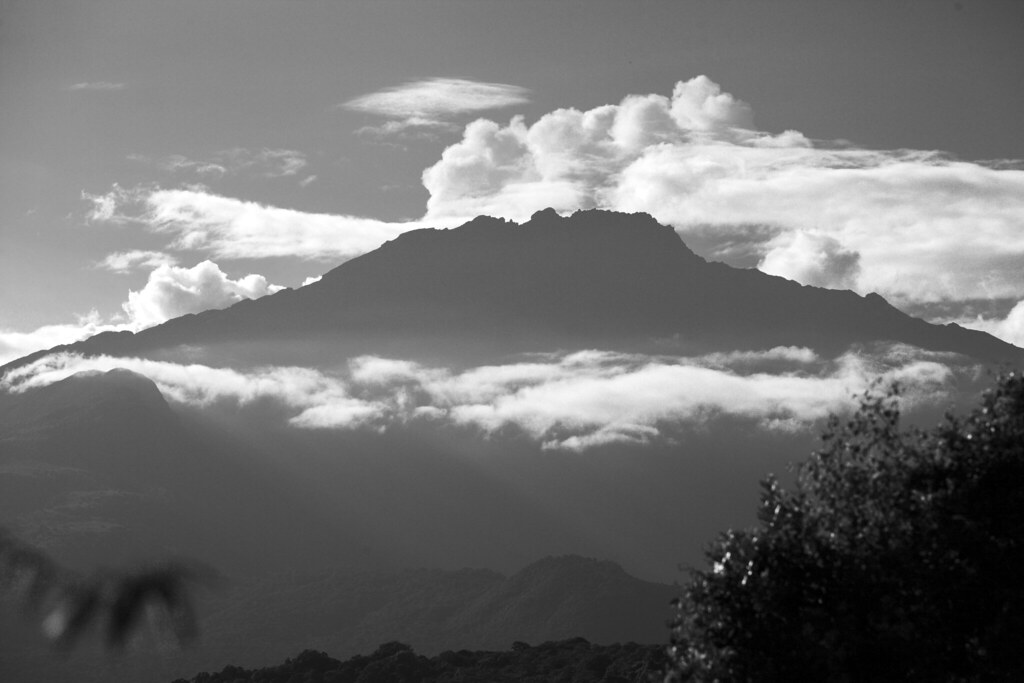The 10 Highest Mountain Peaks in Africa | Exploring the Roof of the Continent
Africa is a continent of stunning landscapes — from the golden plains of the Serengeti to the vast deserts of the Sahara. But high above the savannas and forests rise the continent’s majestic mountain peaks, towering with snow, glaciers, and breathtaking views. These mountains are not just geographical wonders; they are sacred landmarks, sources of great rivers, and home to unique ecosystems found nowhere else on Earth.
For mountaineers, nature lovers, and adventure seekers, the peaks of Africa offer some of the most rewarding climbs and scenic trekking experiences in the world. Here are the 10 highest mountain peaks in Africa, where the spirit of adventure meets the beauty of the wild.
1. Mount Kilimanjaro – 5,895 m (19,341 ft), Tanzania
The Roof of Africa, Mount Kilimanjaro stands proudly as the continent’s highest peak and one of the most iconic mountains on Earth. Its three volcanic cones — Kibo, Mawenzi, and Shira — dominate the Tanzanian skyline. The summit, Uhuru Peak, crowns the dormant Kibo cone and offers unforgettable sunrise views above the clouds.
Kilimanjaro’s varied ecosystems — from tropical rainforest to alpine desert and glacial summit — make it a unique climbing experience accessible even to non-technical climbers.
2. Mount Kenya – 5,199 m (17,057 ft), Kenya
A UNESCO World Heritage Site, Mount Kenya is Africa’s second-highest mountain and the heart of Kenya’s natural identity. The mountain’s jagged peaks — Batian, Nelion, and Lenana — rise dramatically from lush montane forests and alpine meadows.
Climbers and trekkers alike are drawn to its diversity, pristine lakes, and endemic flora. The two main peaks, Batian and Nelion, require technical climbing, while Lenana offers a rewarding trek for hikers.
3. Mount Stanley – 5,109 m (16,763 ft), Uganda / DR Congo
Rising from the misty Rwenzori Mountains, also known as the Mountains of the Moon, Mount Stanley straddles the border between Uganda and the Democratic Republic of Congo. Its highest point, Margherita Peak, is Africa’s third-highest summit and the highest in Uganda.
This glaciated mountain is renowned for its challenging climbs, lush valleys, and surreal alpine scenery. Trekking here takes you through boggy trails, giant lobelias, and glacial lakes — a paradise for true adventurers.
4. Mount Speke – 4,890 m (16,043 ft), Uganda
Also part of the Rwenzori Range, Mount Speke is the second-highest peak in Uganda and known for its rugged terrain and mist-covered slopes. Named after the explorer John Hanning Speke, it forms part of the UNESCO-listed Rwenzori Mountains National Park. Its intricate system of ridges and peaks offers both beauty and challenge for experienced climbers.
5. Mount Baker – 4,844 m (15,892 ft), Uganda
Another jewel of the Rwenzoris, Mount Baker lies just a few kilometers south of Mount Stanley. Its summit, Edward Peak, provides sweeping views of the surrounding glaciers and valleys. Though less famous than Kilimanjaro or Kenya, Mount Baker’s remoteness and unspoiled environment make it one of Africa’s most captivating climbs.
6. Mount Emin – 4,798 m (15,741 ft), DR Congo
The dramatic Mount Emin also belongs to the Rwenzori range and lies on the Congolese side of the border. Its steep slopes and narrow ridges offer a technical ascent best suited to experienced climbers. Few travelers venture here, but those who do are rewarded with solitude and hauntingly beautiful mountain scenery.
7. Mount Gessi – 4,715 m (15,469 ft), Uganda / DR Congo
Named after the Italian explorer Romolo Gessi, Mount Gessi rises north of Mount Emin within the Rwenzori range. Its twin summits — Iolanda and Bottego — are often shrouded in fog, lending the area a mysterious allure. The mountain’s alpine vegetation and nearby glacial lakes create a pristine and photogenic trekking environment.
8. Mount Luigi di Savoia – 4,627 m (15,180 ft), Uganda
This little-known but stunning peak marks the southernmost tip of the Rwenzori Mountains. Named after Prince Luigi Amedeo, Duke of the Abruzzi — who led the first expedition to climb the Rwenzoris — the mountain is a remote wilderness of steep cliffs, mossy forests, and crystalline streams.
9. Mount Meru – 4,562 m (14,967 ft), Tanzania
Often overshadowed by its giant neighbor Kilimanjaro, Mount Meru is Tanzania’s second-highest peak and a magnificent adventure in its own right. Located within Arusha National Park, this dormant volcano offers dramatic crater rims, lush forests teeming with wildlife, and panoramic views of Kilimanjaro from the summit.
Meru’s well-marked trails make it an excellent warm-up for climbers preparing for Kilimanjaro.
10. Ras Dashen – 4,550 m (14,928 ft), Ethiopia
Dominating the Simien Mountains National Park, Ras Dashen is the highest peak in Ethiopia and the Horn of Africa. Its rugged cliffs, deep valleys, and Afro-alpine flora make it one of Africa’s most distinctive mountain landscapes. The area is home to rare species like the Gelada baboon and the Walia ibex, making every trek a mix of mountaineering and wildlife discovery.
Africa’s Mighty Summits — Beauty, Challenge, and Conservation
Africa’s highest peaks are more than destinations for climbers — they are ecological treasures, sources of great rivers, and sanctuaries of biodiversity. From the icy glaciers of the Rwenzoris to the fiery heart of Kilimanjaro, these mountains remind us of the continent’s grandeur and resilience.
For travelers and photographers, they offer an intimate glimpse into the heart of Africa’s wilderness — where the air is pure, the silence profound, and every summit tells a story written in stone and sky.





